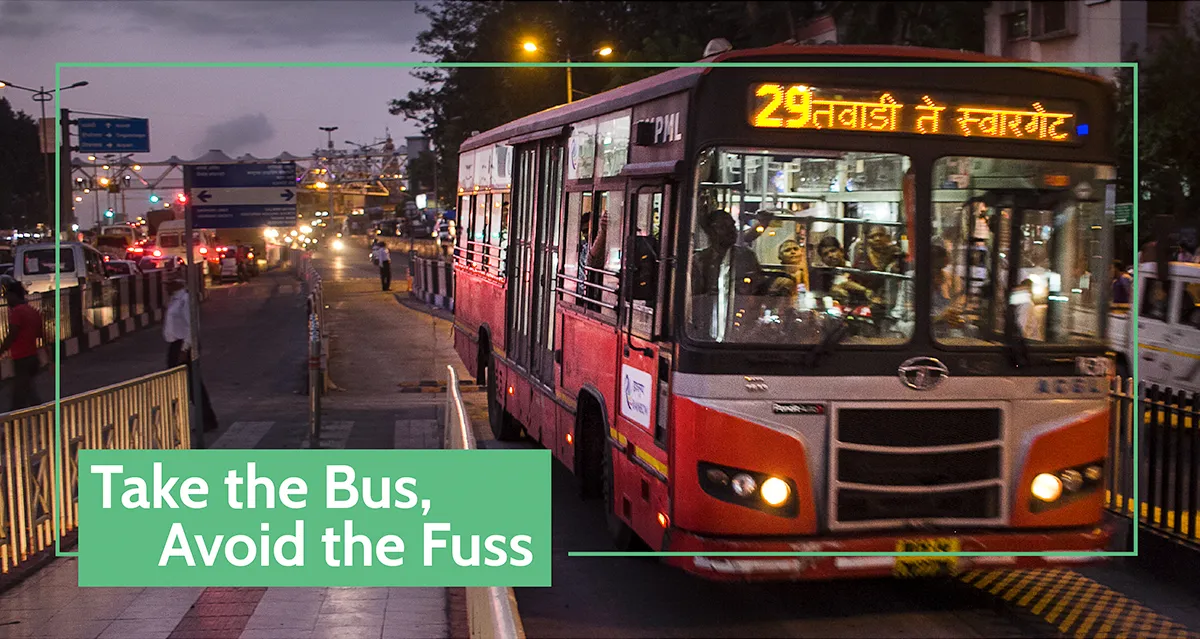For a transportation mode that caters to over a quarter of all daily trips in Indian cities, one would expect bus systems to be entitled to a premium chunk of the transportation budget. But the truth, as Mark Twain explained, “…is stranger than fiction”. As is evident in most cities, bus fleets have not kept pace with the rapid rise in population; forcing daily commuters to inch for room in overcrowded buses. Invariably, there has been a rapid influx of personal motor vehicles in recent years and with it a plethora of issues—environmental, mobility, and living conditions.

Safe, modern, and efficient public transport, like the Bus Rapid Transit (BRT) system, can help answer these problems. A mass rapid transport option, the BRT combines the efficiencies and quality of metro rails, with the flexibility and relative low cost of buses. And all of this can be executed at a fraction of the cost and effort that goes into constructing rail-based systems.
In the past decade, Indian cities such as Ahmedabad and Pune have successfully launched the BRT. In fact, Ahmedabad’s Janmarg—the first BRT system in India—drove the conversation surrounding BRT and cities like Pune and Surat sought our expertise to study the model.

By 2015, Pune launched the Rainbow BRT and today, the Rainbow operates along a 50 km network of bus-only lanes and an additional 45 km expansion is on the cards. To improve last-mile connectivity, the Pune Mahanagar Parivahan Mahamandal Limited has initiated the process of adding 200 feeder buses to its fleet.
Our BRT Standard sets the benchmark for systems to deliver world-class passenger experiences, and the BRT Standard Infographic highlights the key features of a BRT system that is essential to ensure high operating speeds and good customer experience.

While high-capacity public transport solutions can move citizens across large distances within a city, good last-mile connectivity is important to make these systems accessible to more residents. This opportunity opened the way for Public Bicycle Sharing (PBS). Fast emerging as a popular public transit in Indian cities, it offers a dense network of stations and with a smart card, a user can check out a cycle from a station, use it for a short ride, and return it to any other station.
Building upon this trend are Ranchi and Chennai, as both cities have launched the first phase of their PBS systems. The Ranchi PBS upon completion will have 120 docking stations with 1,200 cycles; while Chennai is betting big on a dockless PBS system with 5,000 cycles. The lead on the bicycle sharing system has been taken by Pune, which has already rolled out a dock-less system with 4,000 bicycles.
The dialogue surrounding sustainable mobility has been gathering pace world over and as an emerging world power, India and its cities are presented with a chance to lead the conversation.
